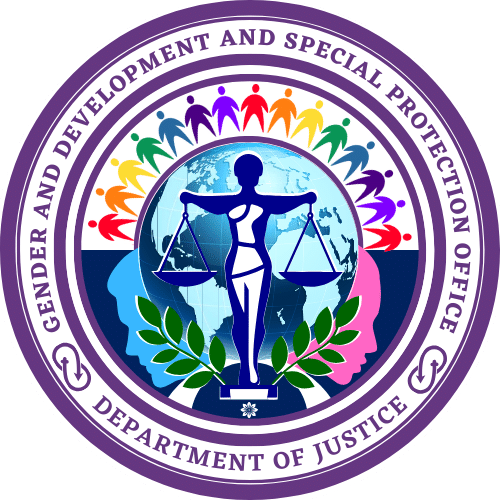
The Department of Justice traces its beginnings at the Revolutionary Assembly in Naic, Cavite on April 17, 1897. The establishment of a regime of law was tasked to Don Severino delas Alas who headed the Department of Grace and Justice. Shortly after the proclamation of Independence in Kawit, Cavite on June 12, 1898, President Emilio Aguinaldo issued a decree on September 26, 1898 reorganizing the Department.
A year later, the American military force established the Office of the Attorney of the Supreme Court in place of the Department. On June 11, 1901, the new office was renamed the Office of the Attorney General and on September 1, 1901, the Office became the Department of Finance and Justice.
In the 1916 government reorganization, the Department became a separate entity and was given executive supervision over all courts of first instance and other inferior courts.
Under the Japanese occupation, the Department was made a Commission. The civilian government established by the Japanese in 1943 changed it to a Ministry. After the war in 1945, the Govemment of the Philippine Commonwealth was re-established and the Department of Justice was re-activated. The Department continued in this form under the Philippine Republic.
Presidential Decree No. 1 during Martial Law reorganized the Executive Branch of the national government. Letter of Implementation No. 20 of December 31, 1972 organized the Department proper into the Office of the Secretary, the Financial and Management Service, the Administrative Service, Technical Staff, the Prosecution Staff, the Legal Staff and the Judiciary Division; the Commission on Immigration and Deportation, the National Bureau of Investigation, the Office of the Government Corporate Counsel; the Board of Pardons and Parole; the Bureau of Prisons; and the Citizens Legal Assistance Office.
Under the 1973 Constitution, Department became a Ministry of Justice. The 1986 People Power Revolution ushered in the contemporary Department of Justice.
With the adoption of the 1987 Constitution and the Administrative Code of 1987 (Executive Order No. 292), the Department of Justice was named as the principal law agency of the Republic of the Philippines, serving as its legal counsel and prosecution arm.
Today, the DOJ continues to pursue its primary mission "To Uphold the Rule of Law" with its "Justice for All" motto. The Office of the Secretary (OSEC) is composed of the National Prosecution Service, the Legal Staff, the Administrative, Financial, Technical and Planning and Management Services and the Board of Pardons and Parole. The constituent and attached agencies include the National Bureau of Investigation (NBI), Bureau of Immigration (BI), Public Attomey’s Office (PAO), Office of the Solicitor General (OSG), Office of the Government Corporate Counsel (OGCC), Bureau of Corrections (BuCor), Parole and Probation Administration (PPA), Presidential Commission on Good Government (PCGG) and the Land Registration Authority (LRA).
______________________________________________________________________________________________
Sources:
EO No. 292 S. 1987, otherwise known as Administrative Code of 1987
Letter of Implementation No. 20 relative to Part XXI on Administration of Justice and other pertinent provisions of the Integrated Reorganization Plan (IRP)
De Ocampo, Esteban and Minerva P.G. Reyes, Democratization & Humanization of Justice Ministry of Justice Report 1980
Sy, Geronimo L., Foundations of Prosecution: A History of the Department of Justice National Prosecution Service
Tuquero, Artemio, Crime Prevention and Control Strategies: The Role of the Public Prosecutor, the Prosecutor, 4th Quarter, Vol. 1 No. 3, 1988








